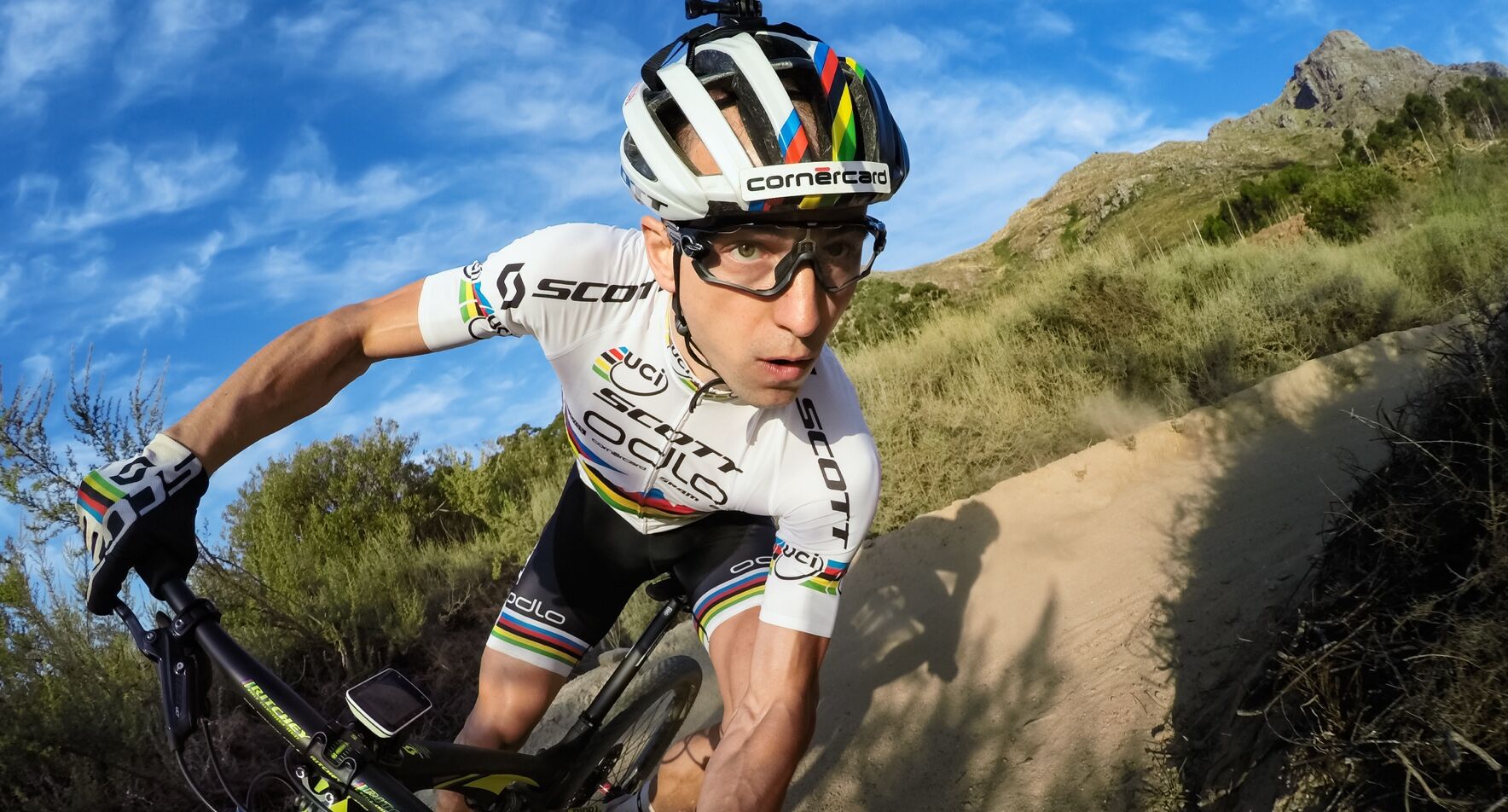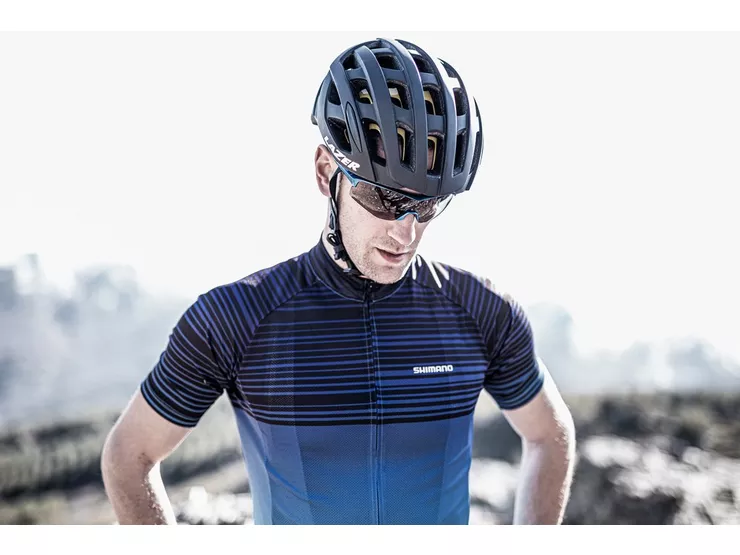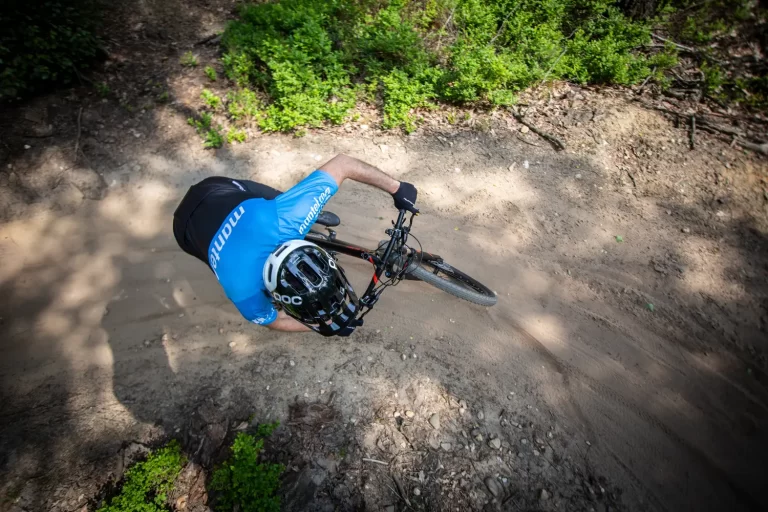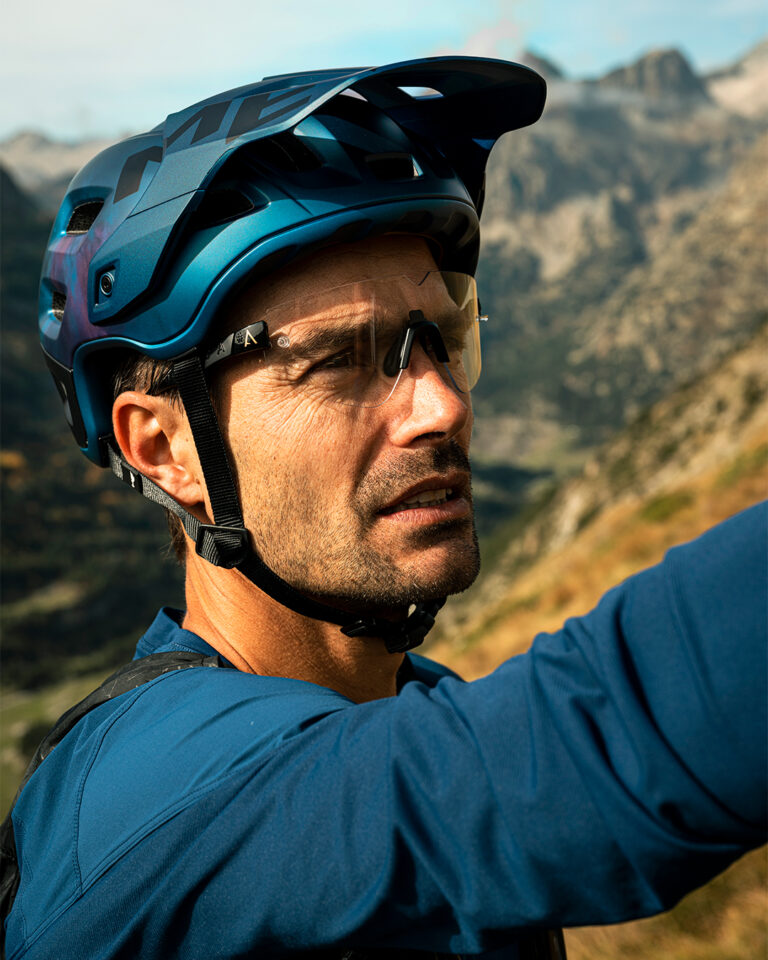Capturing the Adventure: A Step-by-Step Guide to Attaching a Camera to Your Gravel Helmet
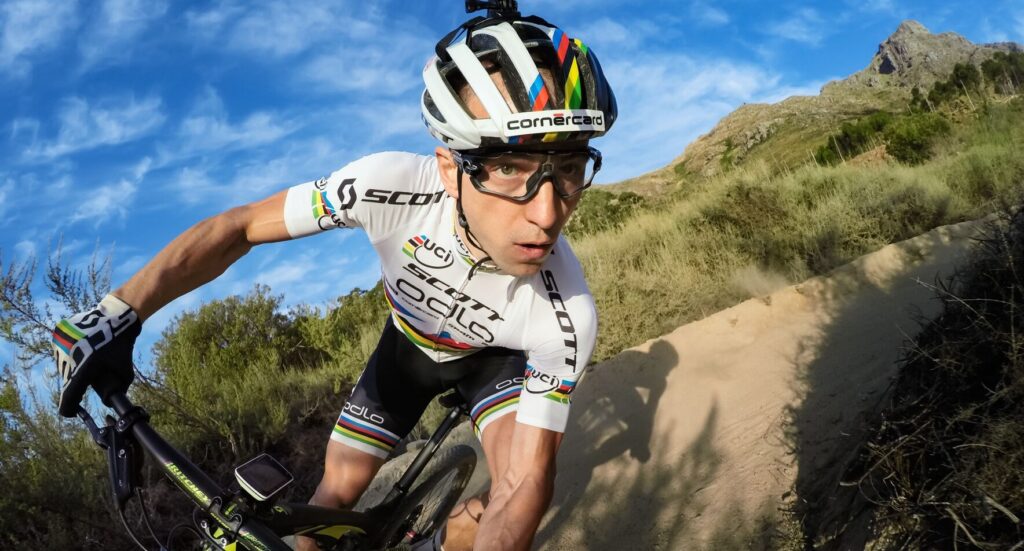
Key Point Summary of Attaching a Camera to Your Gravel Helmet:
- Choosing the Right Helmet Camera: Factors to consider for quality recording on gravel rides.
- Attaching the Camera to Your Helmet: Step-by-step guide for secure and optimal camera placement.
- Creating Engaging Biking Vlogs: Tips for capturing compelling footage during your rides.
As a masters cyclist with a rich background in racing and riding across various disciplines like mountain biking, gravel biking, and cyclocross, I’ve developed a deep passion not just for the ride but for capturing and sharing these experiences too. Helmet cameras have revolutionized how we record and share our biking adventures. In this article, I’ll guide you, whether you’re a beginner or at a mid-level, on how to attach a camera to your gravel helmet effectively, ensuring you get the best footage from your rides.’
Choosing the Right Helmet Camera
When recording gravel rides, selecting the right helmet camera is crucial. Here’s what to consider:
- Image Quality: Look for cameras that offer high-resolution video (at least 1080p) and good stabilization. Remember, gravel rides can get bumpy!
- Weight and Size: A lightweight and compact camera is ideal. You don’t want it to affect the balance of your helmet or cause discomfort.
- Battery Life: Ensure the camera has sufficient battery life for your longest rides. There’s nothing more frustrating than your camera dying mid-ride.
Attaching the Camera to Your Helmet
Securing the camera properly is vital for both safety and optimal footage:
- Mount Placement: The top front of your helmet is usually the best spot. It provides a clear, unobstructed view and mimics your line of sight.
- Secure Attachment: Most cameras come with helmet mounts. Follow the instructions carefully to ensure it’s attached securely. I learned this the hard way when my camera fell off during a rough trail ride!
- Angle Adjustment: Adjust the camera angle to capture the view you want. A slightly downward angle often works best for showing both the trail ahead and your handlebars.
When it comes to mounting cameras on road helmets for capturing your rides, there are several options that stand out for their quality, ease of use, and compatibility with helmet mounts. Here’s a list of cameras well-suited for this purpose:
- GoPro HERO Series: The GoPro HERO series, particularly the latest models like the HERO9 and HERO10, are renowned for their high-quality footage, robust stabilization, and wide range of mounting options. They’re a favorite among cyclists for their durability and performance.
- Garmin VIRB Ultra 30: This camera is known for its excellent video quality and G-Metrix feature, which allows you to overlay data like speed and heart rate over your videos. It’s a great choice for cyclists who love data analysis.
- Sony RX0 II: This tiny but mighty camera offers excellent video quality with 4K resolution and is known for its fantastic image stabilization. Its small size makes it ideal for mounting on a helmet without adding much bulk.
- DJI Osmo Action: This action camera is a strong competitor to GoPro, offering dual screens, 4K HDR video, and RockSteady stabilization. It’s a great option for cyclists looking for high-quality footage with user-friendly operation.
- Insta360 ONE R: Unique for its modular design, the Insta360 ONE R allows you to switch between a 360-degree camera and a standard 4K action camera. It’s perfect for cyclists who want versatility in their recordings.
- Drift Ghost 4K: Known for its sleek design and long battery life, the Drift Ghost 4K is another excellent choice. It offers great video quality and a rotating lens, allowing for easy angle adjustments.
Each of these cameras has its unique strengths, so the best choice depends on your specific needs, such as video quality preferences, desired battery life, and the type of footage you want to capture on your road biking adventures.
Creating Engaging Biking Vlogs
Capturing footage is just the start. Here’s how to make your biking vlogs more engaging:
- Plan Your Shots: Think about what you want to capture. Is it the speed, the scenery, or the technicality of the trail?
- Narrate Your Journey: Adding commentary can make your vlogs more personal and relatable.
- Mix Angles and Perspectives: If possible, use additional cameras or a drone for varied shots. This keeps your content dynamic and interesting.
- Edit for Impact: Good editing can transform your footage. Trim down to the most exciting or beautiful parts to keep your audience engaged.
As a cyclist who loves capturing the essence of every ride, I find using a helmet camera on gravel rides not only immortalizes the adventure but also allows me to share my experiences and tips with a broader community. Whether it’s a serene sunset ride or a challenging uphill battle, your biking vlogs can inspire and entertain a wide audience.
FAQ
What is the best way to mount a camera on a helmet?
The best way to mount a camera on a helmet is to attach it to the top front, centered for balance and stability, using a secure mount that ensures the camera is snug but not obstruct your view or the helmet’s safety features. Ensure the angle is slightly downward to capture both the path ahead and some of the handlebars.
Are helmet-mounted cameras safe?
Yes, helmet-mounted cameras are generally safe if attached securely and correctly, without compromising the helmet’s structural integrity or obstructing vision. However, it’s important to ensure they don’t protrude excessively to minimize risk in case of a fall.
Is it illegal to mount a GoPro helmet?
In most places, it is not illegal to mount a GoPro on a helmet, but laws can vary by region and country. It’s important to check local regulations to ensure compliance. When checking the legality of mounting a GoPro on a helmet, consider these keywords:
- Helmet camera laws
- GoPro mounting regulations
- Bike helmet camera legalities
- Helmet-mounted camera laws in [specific country/region]
- Cycling helmet camera rules
- Action camera helmet mounting safety regulations
- Helmet modification laws for cameras
- Legal use of GoPro on motorcycle/bicycle helmets
- Road safety laws for helmet cameras
- Helmet camera compliance with [country/region] traffic laws
These keywords will help you find the most relevant and up-to-date information regarding the legal aspects of using a GoPro or similar camera on a helmet in your specific location.
Remember to prioritize safety, both in mounting the camera and during your rides. Happy recording and happy riding!
John
